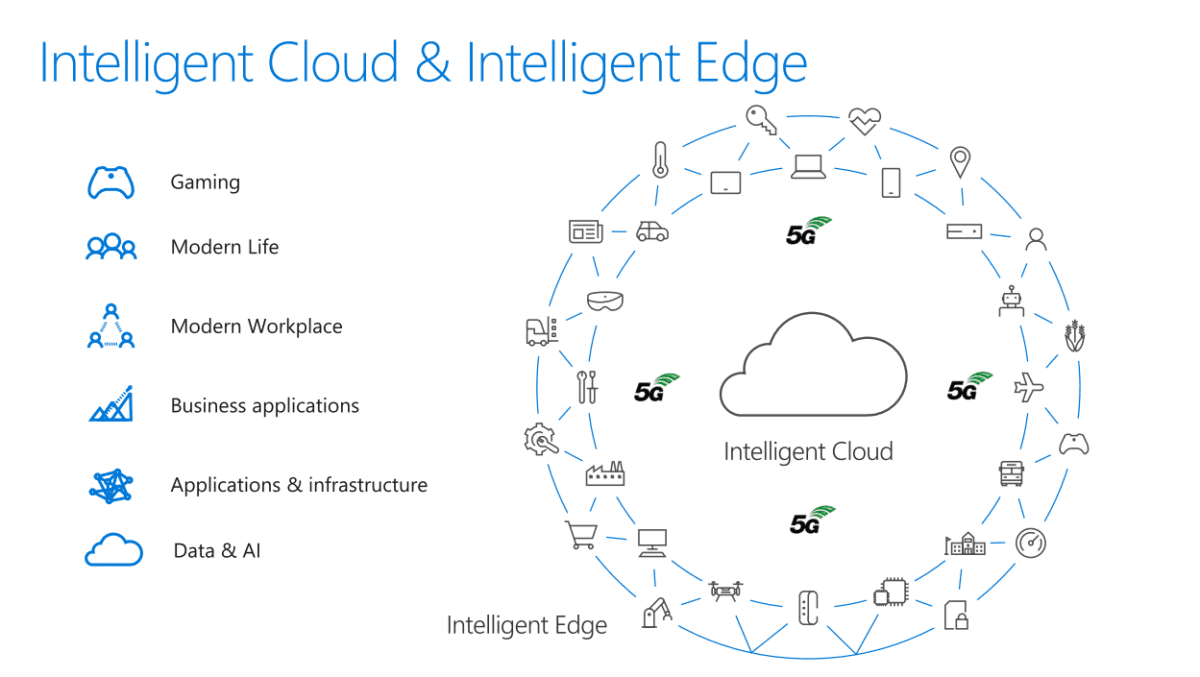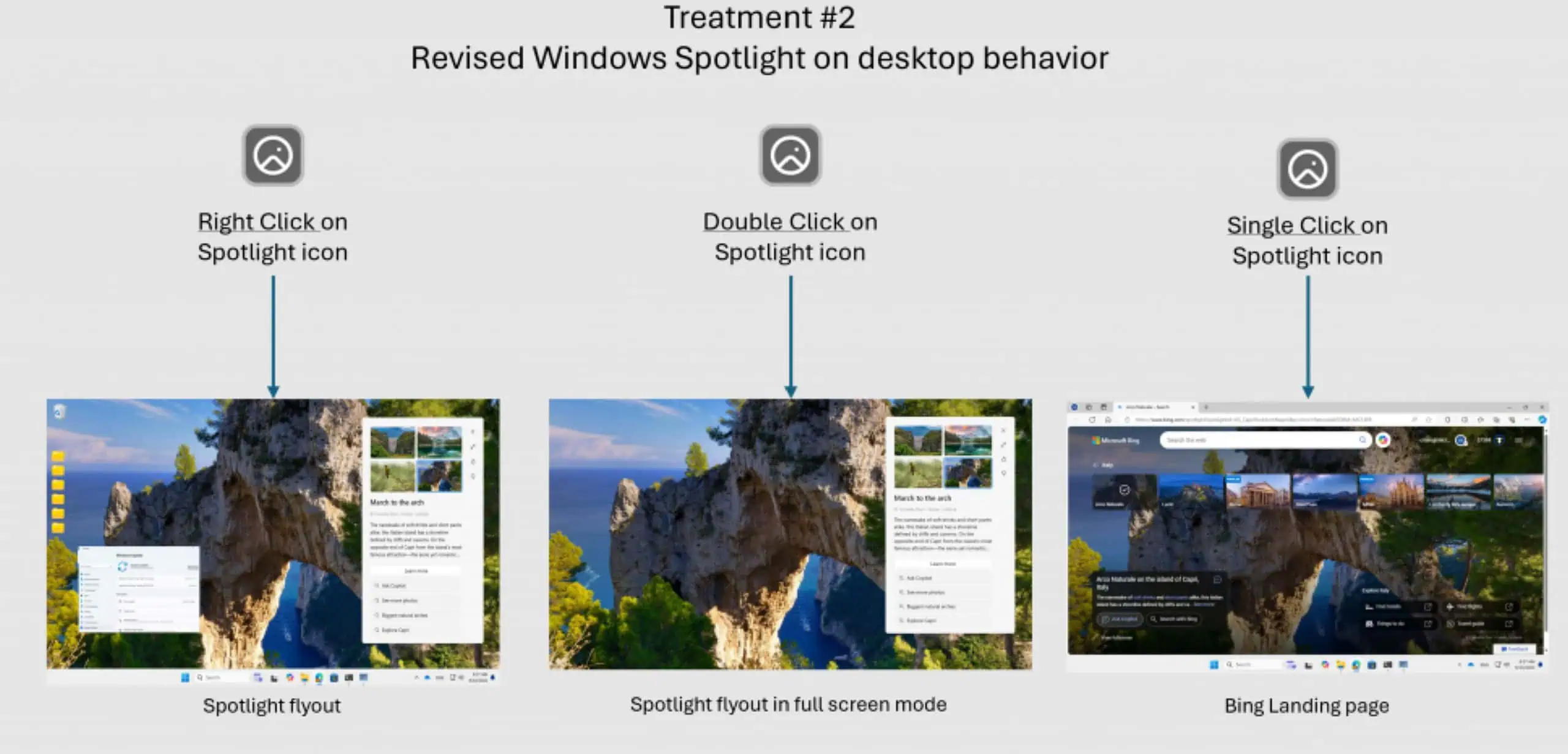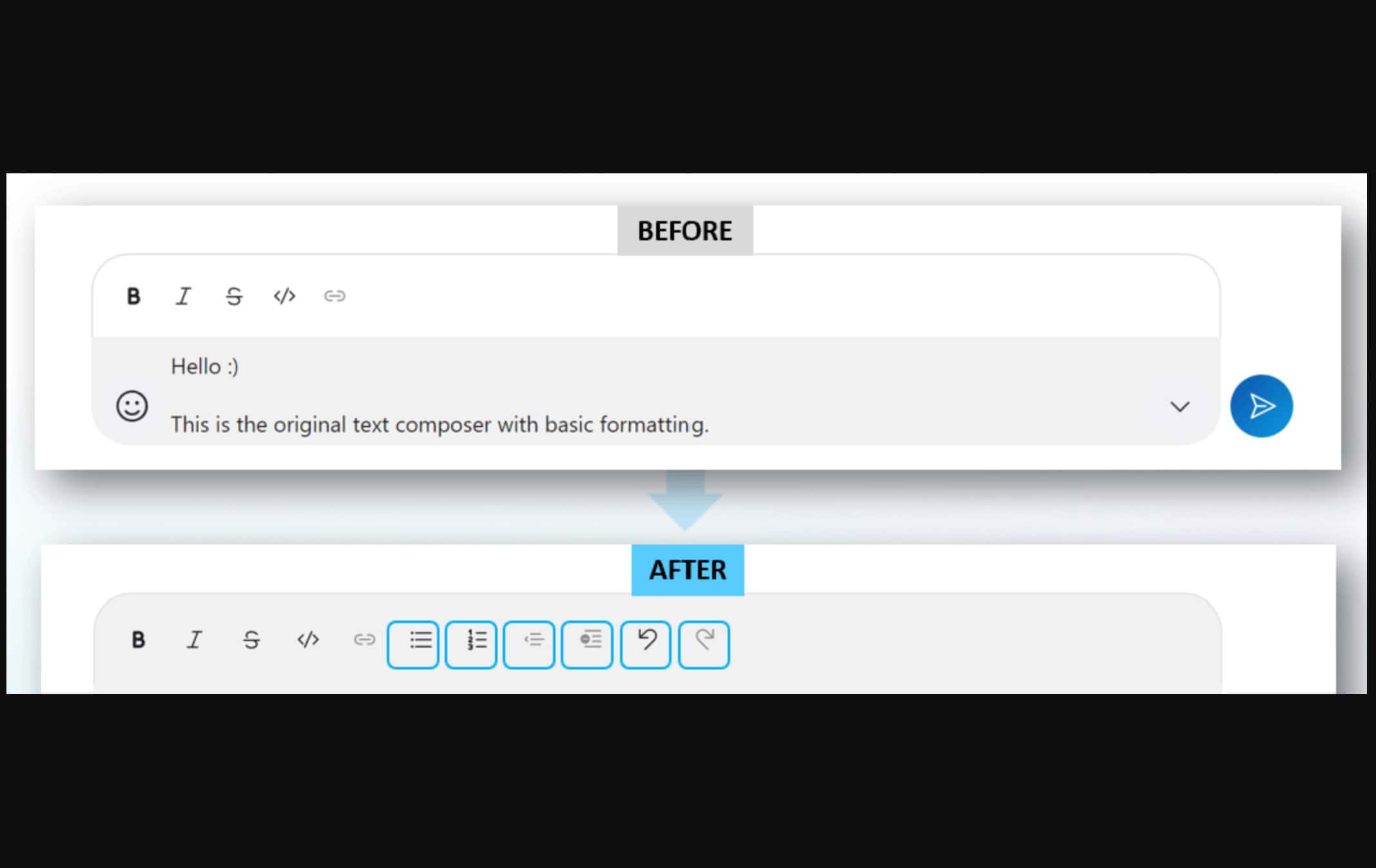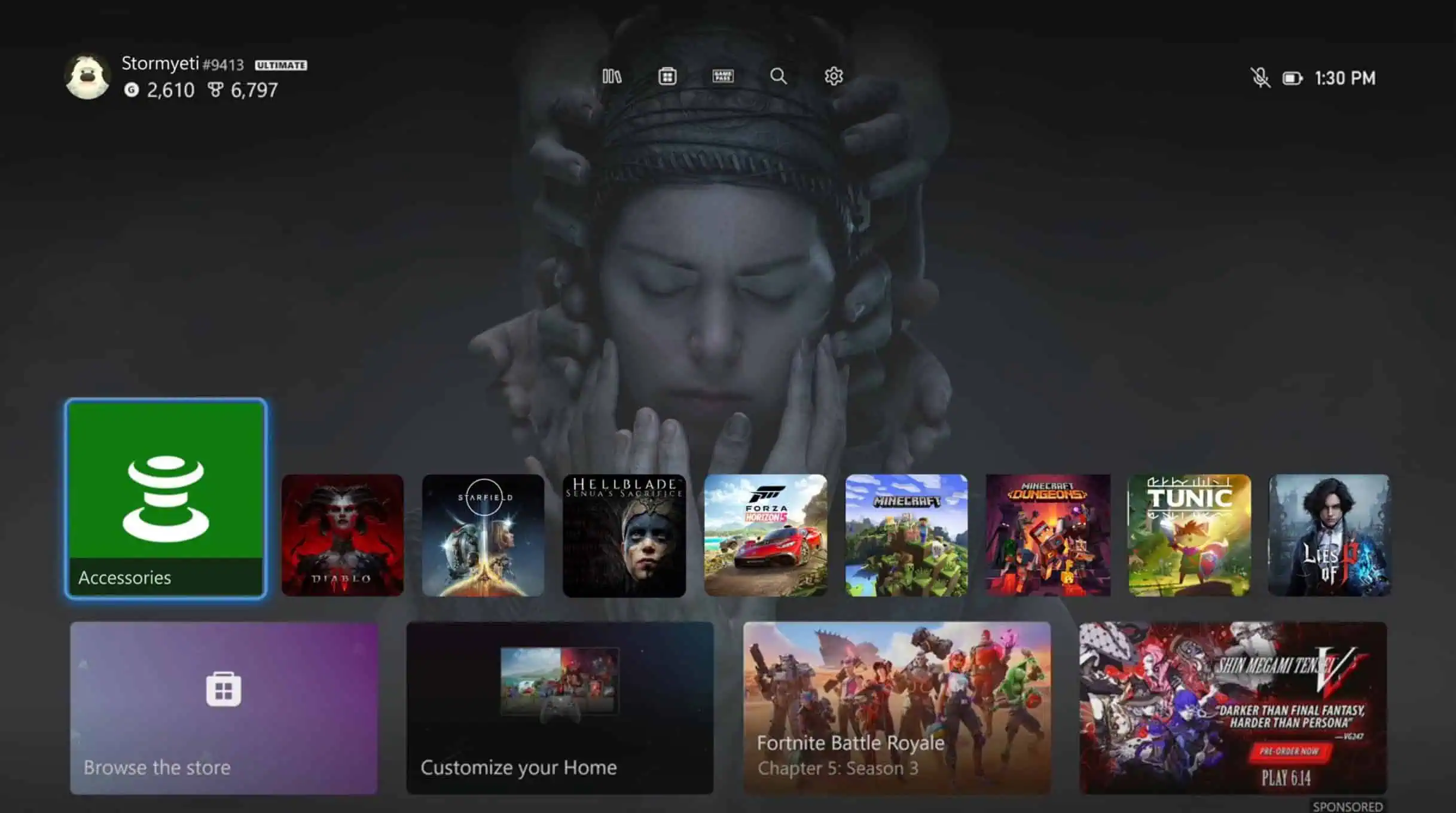Microsoft is working with AT&T to speed up its 5G network
4 min. read
Updated on
Read our disclosure page to find out how can you help MSPoweruser sustain the editorial team Read more
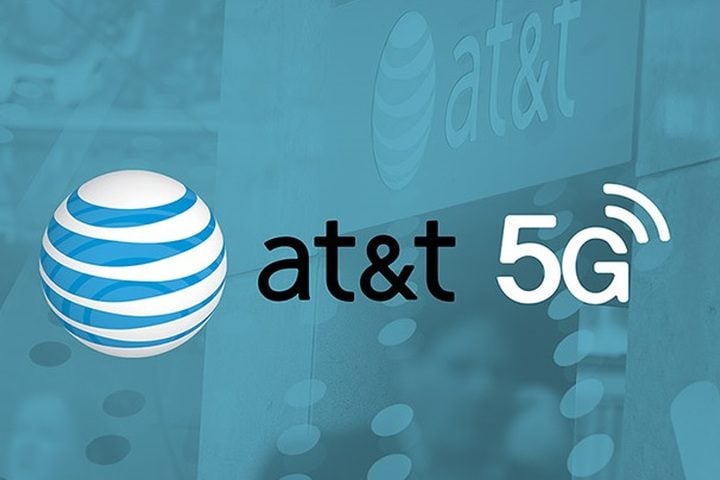
One of the key selling points of 5G networks is reduced latency, but what is less known that in many cases this is achieved by moving computing resources closer to the user via so-called Edge computing.
Now Microsoft has revealed that new Network Edge Compute (NEC) technology is being developed in partnership between Microsoft and AT&T. Using AT&T’s 5G network of edge locations, Microsoft’s Azure Cloud and Edge computing technology services can be delivered closer to customers.
The NEC technology will be rolled out for a select group of customers in Dallas first. The target is to make the technology more broadly available to select customers in Los Angeles and Atlanta sometime in 2020.
Aside from better overall customer experiences, benefits of NEC technology include:
- Higher connection speeds via the AT&T Network Cloud- a service based on AT&T’s software-defined and visualised 5G core.
- Lower latency connections and communications by hosting Microsoft Azure services closer to customers, and devices at AT&T edge locations.
- The ability to utilise Microsoft Azure services in edge locations closer to customers and devices that will enable new innovative solutions that weren’t possible before.By combining these two areas of technology, Microsoft and AT&T are creating new innovations with Network Edge Compute (NEC) that will provide the foundation and infrastructure for future innovations across all industries.Chris Pietschmann, Founder, Build5Nines.com
AT&T became the first to activate a 400-gigabit connection between Dallas and Atlanta. The company currently services 21 cities across the US with their 5G network and plans to expand this nationwide this year.
AT&T is the first in the industry to activate a 400-gigabit connection between Dallas and Atlanta. This connection is not a proof-of-concept (POC), but rather a real upgrade to their production network.
With Microsoft’s Azure Stack offering, Azure can be hosted in any remote location, including Edge locations- even if Microsoft doesn’t have one of their own data centres there.
The new NEC technology developed by the AT&T and Microsoft partnership is an innovative merging between two pioneers in the technology space, which will encourage the development of further technological innovations.
“The collaboration reaches across AT&T, bringing the hyperscale of Microsoft Azure together with AT&T’s network to innovate with 5G and edge computing across every industry.”
Corey Sanders, Corporate Vice President, Microsoft Solutions.
Gaming is an example of a real-time computing application in which NEC technology from Microsoft and AT&T will be beneficial. Companies can release services that enable full console games to be played on smartphones, by leveraging cloud computing technology and wireless connectivity. An example of this is Microsoft’s xCloud service, which does so with XBox.
In Microsoft’s press release, the Redmond company mentioned the Game Cloud Network company, who created a game that leverages Network Edge Compute technology to deliver near-real-time interaction between gamers. This is made possible using high-speed 5G-connected devices, and Microsoft Azure services hosted at network edge locations.
With compute services hosted closer to the network edge, and lower network latency through 5G connectivity, there are many areas of computing that will innovate.
“5G and edge computing have the potential to radically change how we play together and launch new business opportunities […]”
Aaron Baker, CEO of Game Cloud Network
Another announcement from Microsoft about Network Edge Compute (NEC), is that AT&T Communication is striving to become a “public-cloud first” company. Migrations have already started, and non-network workloads will make their way to Microsoft Azure by 2024. AT&T is also integrating Microsoft’s SaaS (Software-as-a-Service) cloud technologies into their service, including Microsoft 365, Microsoft Teams, SharePoint and OneDrive.
To summarise, the higher bandwidth capabilities of AT&T’s 5G wireless connectivity, combined with Microsoft’s Azure stack technology, is enabling new innovations with NEC, that will provide the foundation and infrastructure for industries in the years to come. Microsoft Azure allows users to run Azure services worldwide, including at edge locations closer to customers; and AT&T is enabling more devices to be constantly connected and available with lower latencies.
Source: build5nines

